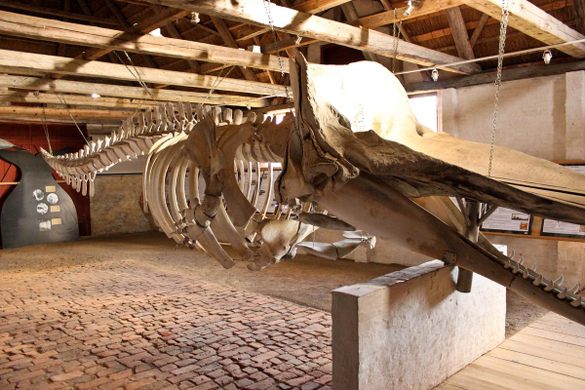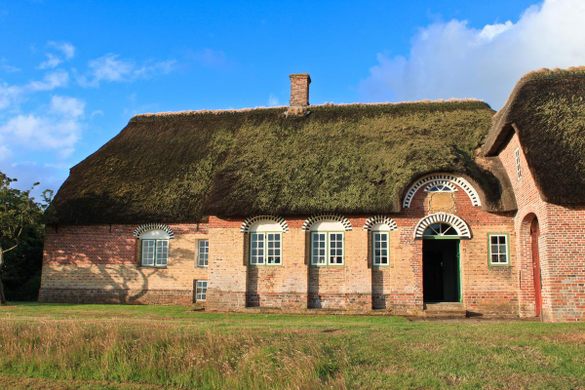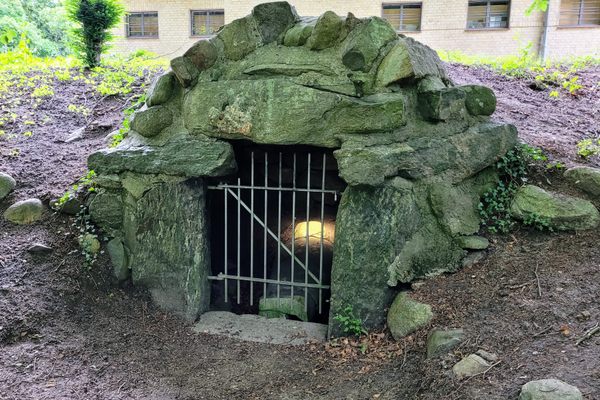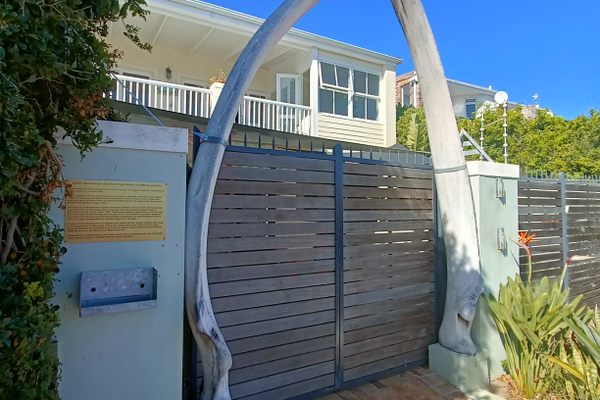Whale Jawbone Fence
Danish whalers once brought back whale bones to use as building materials in places where wood was scarce.
Between 1660 and 1860, a large number of the male population of the Danish Wadden Sea island of Rømø took part in whaling on Dutch or German vessels in the Fram Strait between Spitsbergen and East Greenland. Around 1770, there were no less than 40 ship commanders on the island. The commanders occasionally brought the large jaw bones of the bowhead whales back to the island where they were used as building materials as an alternative to scarce wood.
The fence in Toftum on the North part of the island is dated 1772, and the jawbones were brought back home by the farm’s then-owner Sea Captain Peter Andersen List, who in the years 1765-1775 commanded the whaling-ship “De Twee Jonge Hermanns” out of Hamburg. The ship went down in 1777 crushed by the ice together with several other ships off Greenland’s East Coast in a seafaring catastrophe causing the death of 22 sailors from the island of Rømø.
The fence is currently 17 meters (56 feet) long and about a meter tall and consists of 54 sections of whale jawbones. The fence is a protected historical monument.
Not far from the fence you can visit a historically intact whalers captain farmhouse dating from 1749. The house contains unusually good examples of 18th-century detailed painting and joinery. Inside the home, you can also see whole walls decorated with the Dutch tiles of the period and in the barn, you can view a whole sperm whale skeleton.



















Follow us on Twitter to get the latest on the world's hidden wonders.
Like us on Facebook to get the latest on the world's hidden wonders.
Follow us on Twitter Like us on Facebook